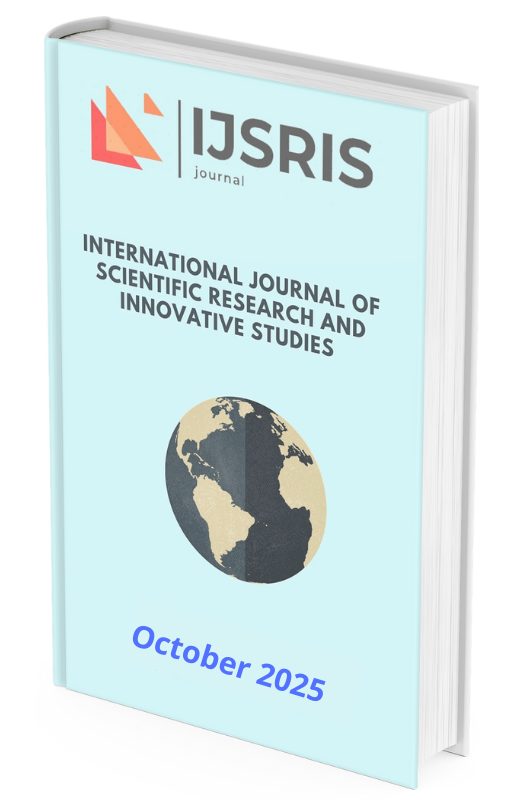Tourism: Economic Assessment and Socioeconomic Development Perspectives in the Context of Peace Agreements in Mali
DOI:
https://doi.org/10.63883/ijsrisjournal.v4i5.463Abstract
This article aims to first analyze the fluctuation of the Malian tourism industry before and after the 2012 political crisis to understand the real economic, social, and political impact of tourism growth and recession. We analyze the series of impacts of crises on tourism development and its prospects in the socioeconomic and security context with the various agreements signed by the government (Tamanrasset on January 6, 1991, the National Pact on April 11, 1992, Algiers on July 4, 2006, Ouagadougou 2013, and Algiers 2015, whose signing took place in Bamako on May 15 in the absence of the Coordination of Azawad Movements after it was hastily initialed the day before and signed on June 20, 2015). To achieve this, we collected data from the database of the statistical cell of OMATHO from 1995 to 2015. Regarding the processing, we used the TABLO model of input-output accounts from the Eviews 10 software in section 5.3, followed by microeconomic analyses. The analysis reveals that Mali has been experiencing war tourism from March 2012 to the present, characterized by an increase in tourist arrivals and a decrease in foreign currency inflow. The TABLO model shows in section 5.3 that the percentage of tourism exports in Mali is a Gaussian function and the Brownian motion of density and variation is the same for all frequencies of total tourism exports from 1995 to 2015. Secondly, this article examines the impact of the crisis on the economic growth of the tourism industry and the development of tourist areas in Mali. Specifically, it involves a comparative analysis of the tourism situation in terms of jobs and investments before, during, and after the crisis. Secondly, it involves an analysis of the tourism situation in Mali in terms of tourist arrivals and revenues before, during, and after the crisis. Thirdly, it involves determining the number of tourism establishments in Mali after the crisis. To achieve these objectives, we structure the article first on the evolution of the tourism sector in Mali in the first part and second on the future prospects of the series of agreements if they were to come to fruition.
Keywords: Tourism, socioeconomic, Peace, security.
Received Date: August 21, 2025
Accepted Date: September 13, 2025
Published Date: October 01, 2025
Available Online at https://www.ijsrisjournal.com/index.php/ojsfiles/article/view/463
Downloads
Downloads
Published
How to Cite
Issue
Section
License

This work is licensed under a Creative Commons Attribution-NonCommercial-NoDerivatives 4.0 International License.
Articles in IJSRIS Journal are published in open access under the Creative Commons Attribution License (CC BY) (https://creativecommons.org/share-your-work/cclicenses


































